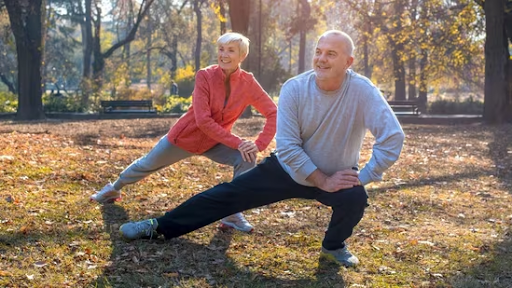While movement practices deliver individual benefits, they often gain additional value when practiced in community settings. A veteran movement instructor who has taught this technique alongside his personal practice shares how the social dimension of movement practice can enhance benefits and support sustained engagement—particularly valuable for mature adults seeking both physical activity and social connection.
The practice itself—a rhythmic bouncing technique that evolves into integrated full-body movement—can be performed solo or in groups. When practiced in community settings, the rhythmic nature creates interesting dynamics. Practitioners often find their individual rhythms naturally synchronizing with those around them, creating a collective pulse that many describe as energizing and supportive.
The social dimension also supports learning and refinement. Watching others practice provides visual feedback about technique and possibilities for progression. More experienced practitioners model what the movement looks like with years of refinement. Beginners see that everyone starts somewhere and progresses gradually. This social learning complements individual exploration and helps practitioners avoid feeling isolated in their practice.
The accountability aspect of community practice should not be underestimated. Making commitments to practice with others creates external motivation that supports consistency—particularly during periods when individual motivation might flag. The social enjoyment of practicing together can transform what might feel like solitary exercise into an anticipated social engagement that happens to involve beneficial movement.
For mature adults, the social dimension addresses important wellness factors beyond just physical health. Social isolation and loneliness represent significant health risks for aging populations. Movement practices that create community connections address these risks while simultaneously providing physical benefits. The shared experience of learning and refining a practice creates bonds between practitioners. The regular practice schedule creates reliable social contact. Together, these elements make the practice more than just exercise—it becomes a holistic wellness approach addressing physical, mental, and social dimensions of healthy aging.
Community and Practice: The Social Dimension of Movement
6

